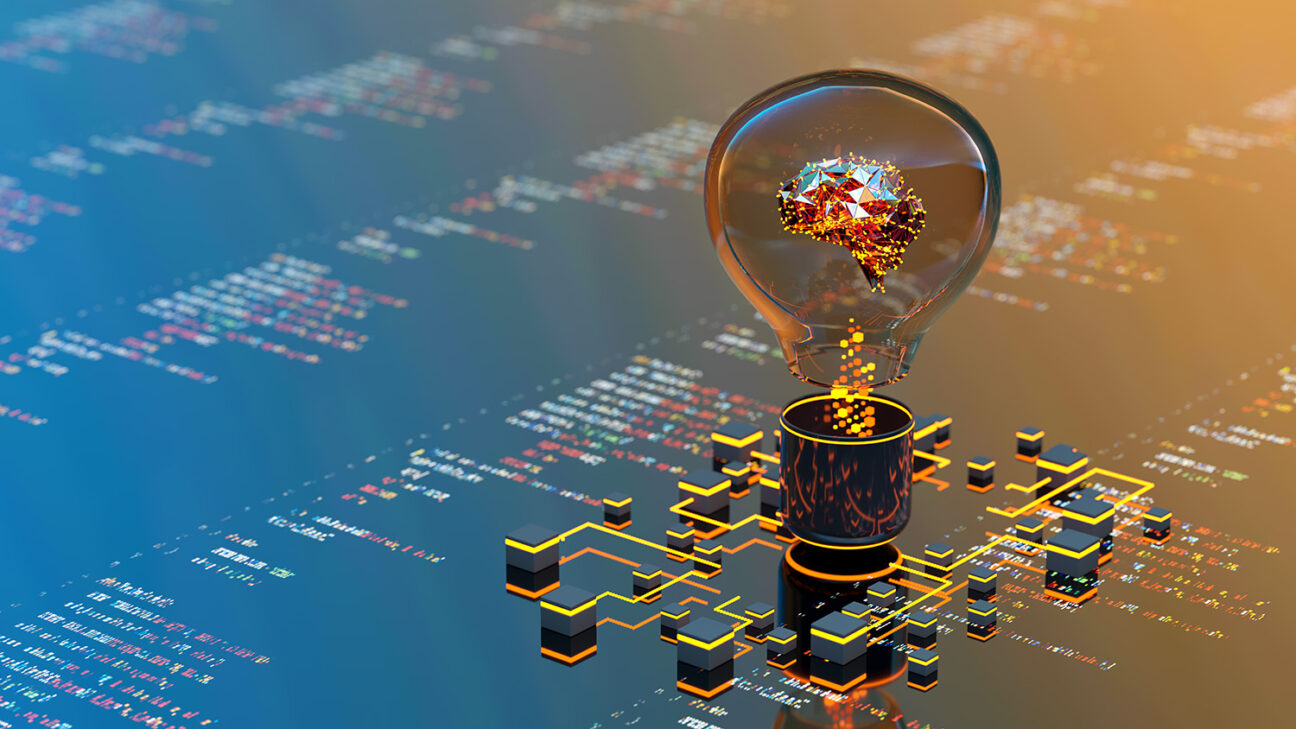In recent years, the integration of artificial intelligence (AI) into various industries has brought about transformative changes, and the realm of software engineering is no exception. With the emergence of Generative AI (GenAI), developers now have access to powerful tools that can revolutionise the way software is designed, developed, and maintained. In this blog post, we’ll explore how GenAI is reshaping the landscape of software engineering, its benefits, and the potential risks associated with its adoption.
The Power of Generative AI in Software Engineering
Generative AI refers to algorithms and models that can create new content, such as text, images, and even code, based on patterns learned from vast amounts of data. In the context of software engineering, GenAI holds immense potential to streamline various aspects of the development lifecycle:
- Code Generation: One of the most significant contributions of GenAI is its ability to automatically generate code snippets or even entire programs based on high-level specifications or examples. This can significantly accelerate the development process, reduce human errors, and increase productivity.
- Bug Detection and Fixing: GenAI-powered tools can analyze codebases to identify potential bugs, vulnerabilities, or inefficiencies. Moreover, they can offer suggestions for fixes or optimizations, thereby improving the overall quality and reliability of software.
- Natural Language Processing (NLP): GenAI models trained on large volumes of code and documentation can understand and interpret natural language queries, making it easier for developers to search for relevant code snippets, documentation, or solutions to programming problems.
- Automated Testing: GenAI can assist in the creation and execution of test cases, helping to ensure comprehensive test coverage and early detection of regressions or integration issues.

Benefits of Using GenAI in Software Engineering
- Increased Productivity: By automating repetitive tasks and providing intelligent assistance, GenAI enables developers to focus on higher-level design and problem-solving tasks, thereby boosting productivity. In recent POC’s this is often seen to manifest a 2.5x increase in code created with no detriment to quality.
- Improved Code Quality: GenAI tools can help maintain coding standards, enforce best practices, and detect potential issues early in the development process, leading to cleaner, more maintainable codebases. It is common to see upwards of a 30% increase in unit tests written while developers report improved quality.
- Faster modernisation and improved lifecycle management : It is a common story to hear about applications that are left to run on old, out of support code. Upgrading to more modern, currently supported programming languages is often a task that languishes in the “too difficult” or “don’t have time” buckets. GenAI can bring huge efficiencies to this reducing migration times by over 70%
- Faster Time-to-Market: With accelerated development cycles and fewer manual interventions, organisations can bring new features and products to market more quickly, gaining a competitive edge in rapidly evolving industries.
- Enhanced Collaboration: GenAI-powered collaboration tools facilitate knowledge sharing, code reviews, and collaboration among geographically distributed teams, fostering a culture of innovation and continuous improvement.
- Improved Developer Experience: Developers seem to like using the tools and feel that they enhance their skills and career prospects. This helps organisations to attract, retain and develop great engineers.

Risks and Challenges of GenAI Adoption
While the benefits of GenAI in software engineering are compelling, organisations and individual developers must be mindful of potential risks and challenges:
- Quality Concerns: The output generated by GenAI models may not always meet the desired quality standards or may inadvertently introduce new issues, requiring careful validation and human oversight. Quality can not be outsourced to GenAI (yet). The responsibility for this for now at least still needs to reside with the developer.
- Bottlenecks : As discussed previously in this blog, GenAI can greatly increase the number of lines of code that a developer can create each day. However this may not result in a corresponding increase in the number of story points completed if other parts of the chain cannot keep up, quality suffers or company standards are not met.
- Benchmarks and Visibility : It is important to understand performance and productivity throughout the SDLC before the introduction of GenAI. For example, using metrics such as DevOps Research and Assessments (DORA) will help to understand the impacts of GenAI.
- Dependency on Data Quality: GenAI models rely heavily on the quality and representativeness of the training data. Biases or inaccuracies in the data can lead to skewed results and erroneous recommendations. That said, Gen AI is a strategic priority for tech companies such as AWS, Microsoft and Google, so they are investing very heavily in their Gen AI services and subsequently the training of the AI models that unpin them. This is improving their capabilities at an almost exponential rate.
- Ethical and Legal Implications: The use of AI in software engineering raises ethical considerations regarding data privacy, security, and algorithmic fairness. Organisations must ensure compliance with relevant regulations and ethical guidelines.
- Training Is Essential : As incredible as GenAI is, developers need training to engage with them properly. Prompt Engineering is a new skill. The quality, accuracy and relevance of an AI generated output will be proportional to how clear, concise and specific the prompt it is given.
- Skill Obsolescence: While GenAI can augment developer capabilities, there’s a concern that over-reliance on automated tools may lead to a decline in essential skills such as problem-solving, critical thinking, and software design. These skills remain essential and still need to be encouraged and fostered.
Conclusion
Generative AI represents a paradigm shift in software engineering, offering unprecedented opportunities to accelerate development, enhance productivity, and improve code quality.
However, the adoption of GenAI is not without its challenges, and organisations must carefully evaluate the benefits and risks before integrating these technologies into their workflows. Of course the downside to this is that protracted evaluation can delay the benefits and knowing how to use these new tools in the optimum way only comes with experience. For this reason expertise should be sought that can advise on and expedite such an evaluation efficiently. To this end, specialist consultancies such as Devoteam are helping organisations to accelerate their adoption of GenAI developer tools such as Amazon Q Developer, through Assisted Proof Of Concepts, which accelerate and de-risk exploring the potential benefits.
